Water Movement Up a Plant
Transport of water and minerals- The transport of the substances from one part of the plant to another is called conduction.
Roots absorbed water and minerals from the soil those are need to be transported to the different parts of the plants body. Food that prepared in the leaves of plants also required to be transported. As a result two types of conduction takes place in plants . They are-
* Transport of water and minerals from the root to the leaves for photosynthesis.
* Transport of the manufactured food from the leaves to different parts of the plant.
Tissues required for the transport of water –Xylem.
Phloem is associated with food transport.
Structure of xylem – Xylem is made up of tracheids, trachea, xylem parenchyma, xylem fibers. Here xylem parenchyma is the only living tissue and others are nonliving or dead tissue. Tracheids and trachea are arranged one by one and formed a tube like structure which is created a pipe like structure that created to become due to dissolve of the cell wall and a continuous path for the passage of water.
Absorption of water by roots - Water enters the root which having an outermost single layer of cells called epidermis from the soil. Some of the which extended into several thread like structure known as root hairs. These root hairs contain semipermeable plasma membrane which are selectively permeable to some substances. It allows water to pass through it by the pores present in the root hair. They movement of water from the soil to the root hairs occurs by the process of osmosis.
Definition of osmosis - This is the process of the movement of water molecules from the higher region concentration to the lower region concentration across the semipermeable membrane and is called osmosis. This is the continuous process for the duration by which concentration of the solutions of boh sides become equal.
Absorption of mineral salts by the roots – Along with water, minerals are also absorbed by the roots. several mineral salts such as calcium , magnesium, nitrogen are absorbed by the roots which are dissolve in water to form ions that are essential form for the absorption by the roots. As concentration of the different ions varies thus there are two mechanism for the absorption by the root. This mechanism are –
*Diffusion - It is the process in which movement of molecules of liquids, solid sand gases from the higher concentration to the lower concentration takes place until there is equal concentration in both sides.
During uptake by the root if minerals ions in the soil water is higher than that of the cell sap of root hair cells, the ions will diffuse down the concentration gradient.
* Active transport - This is the process in which movement of molecules of solids or liquids from the region of lower concentration the region of higher concentration takes place by the utilisation of energy. Means movement takes place against concentration gradient.
The salts of minerals such as nitrogen, phosphorus, potassium (which are associated together to known as NPK) are absorbed by the roots as ions. Movement of the ions take place against the concentration gradient inside the root hair where energy is supplied by the roots cell got due to respiration.
Pathway for the water absorption by the roots-
1. As water entered the root hair, the concentration of water molecules become higher as compared to the surrounding cells of root cortex.
2. They difference in concentration of the water helps it to move from the root hair into the cortical cells by osmosis.
3. This movements of water creates a pressure in the roots which pushes water towards the xylem.
4. The pressure created is known as root pressure.
5. Then from the xylem water is then transported upwards to the stem, branches, and leaves.
Root pressure – Root pressure means a transverse osmotic pressure within the cells of a root system that causes the sap to rise through the plant stem to the leaves. Root pressure goes at high in the xylem tissue when the soil is extremely moistened at night or at the time of transpiration.
Root pressure theory - In 1916 Priestley gave root pressure theory. According to which water rises upwardly in the xylem due to the positive pressure developed in to the root. A root pressure of 1 to 2 atmosphere has been reported in a number of cases and it is not universal to find in every season.
Water can be rise upwards in the absence of roots. When the water potential of the root becomes more negative than the soil, it causes water to move by osmosis into the root from the soil that creates a positive pressure which forces sap up the xylem to wards the leaf. Then the sap will be forced from the leaf through a hydathodes called guttation. Root pressure is highest at the time of early morning when the stomata remains close before the start of transpiration.
Transpirational Pull - Transpirational pull is the suction force which is used to draw the water from the roots to the leaves in upward direction. In this case water is mainly used in the photosynthesis and the excess water is transported through the stomata of leaf.Here the water is evaporated by the mesophyll tissue to the environment to create a negative pressure at the top of the plant, which causes a the formation of menisci in the mesophyll cell wall. As a resultant surface tension causes a negative pressure in the xylem to that pulls the water from the roots and soil. Transpirational pull is a passive process as energy is not required for this process. It is the strongest force which pulls the water from the soil by roots and send it to the leaves by the xylem tissues. It is the physiological process where there is continuous column through the capillary is being observed as a result of evaporation of water by the stomata from the leaves of the green plants.
From Water Movement Up a Plant to HOME PAGE
Recent Articles
-
Formed Elements of Blood | Erythrocytes | ESR |Leukocytes |Neutrophils
Jan 15, 26 01:25 AM
Formed elements formed elements are constitute about 45 % of blood afeias haematocrit value packed cell volume mostly of red blood corpuscles and are of 3 types- erythrocytes, leukocytes and blood pla… -
What Is Plasma? | Blood Plasma | Proteins | Nutrients | Cholesterol
Nov 07, 25 10:29 AM
Blood is a mobile fluid which is a connective tissue and is derived from the mesoderm like cell any other connective tissue. Colour of blood is reddish and that flows inside the blood vessels by means… -
Disorders of Respiratory System | Tuberculosis | Pleurisy | Emphysema
Oct 28, 25 11:39 PM
Tuberculosis is very common disease and is caused by a type of bacteria called Mycobacterium tuberculosis. This disease causes different trouble in the respiration and infection of several parts of th… -
Regulation of Respiration | Respiratory Centres | Inspiratory Area |
Oct 14, 25 12:13 AM
Respiratory Centre is the area that controls the rate of respiration and it is observed to be located in medulla oblongata and pons. Respiratory Centre has the following will dispersed components like… -
Explain Transport of Gases | External Respiration | Tissue Respiration
Oct 09, 25 11:35 PM
In humans gaseous exchange is completed in the following ways the steps are - External Respiration or Breathing - Breathing in false taking in of Oxygen and giving out of carbon dioxide in the body. M…
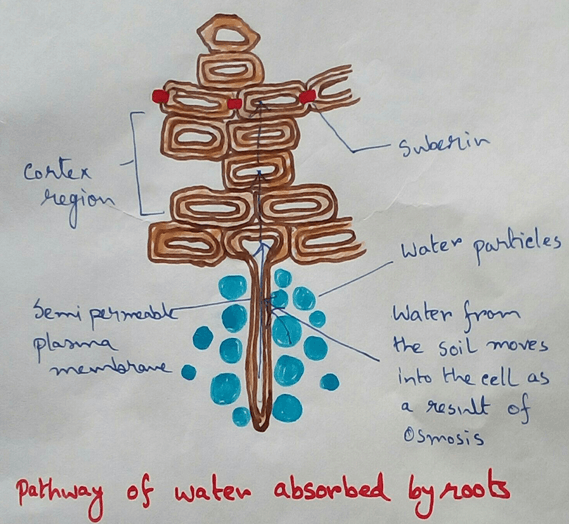
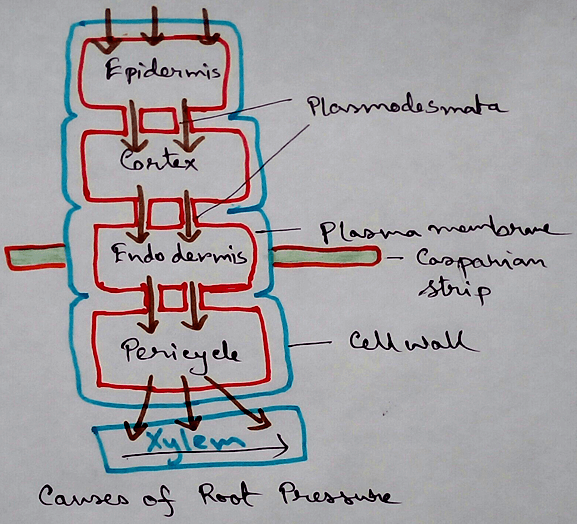
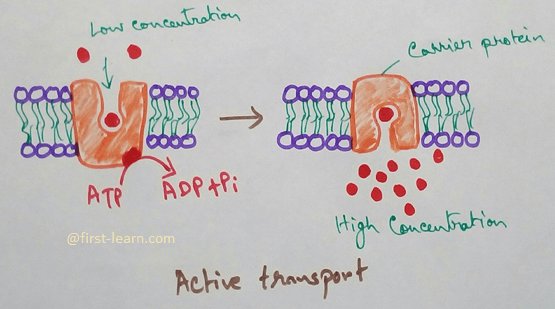
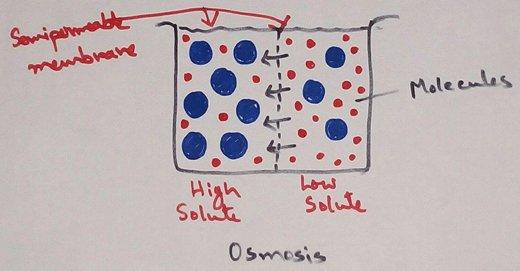
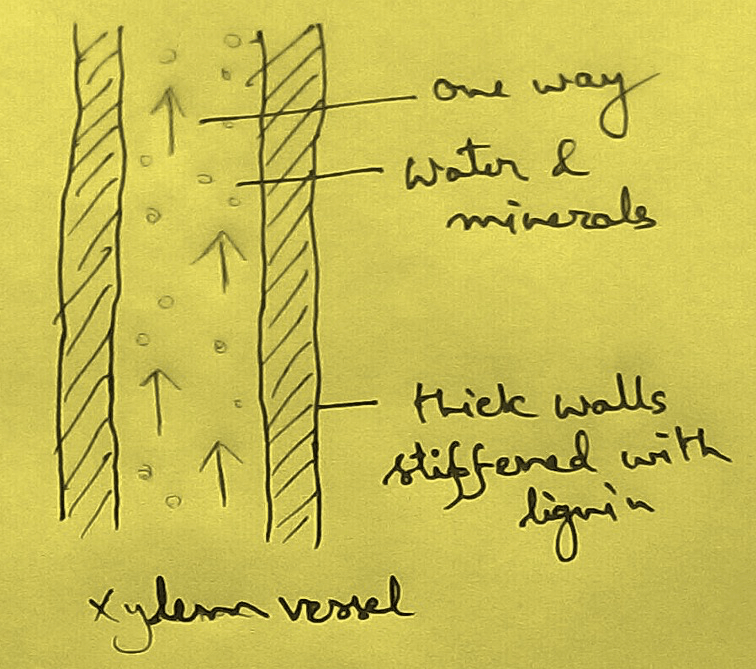
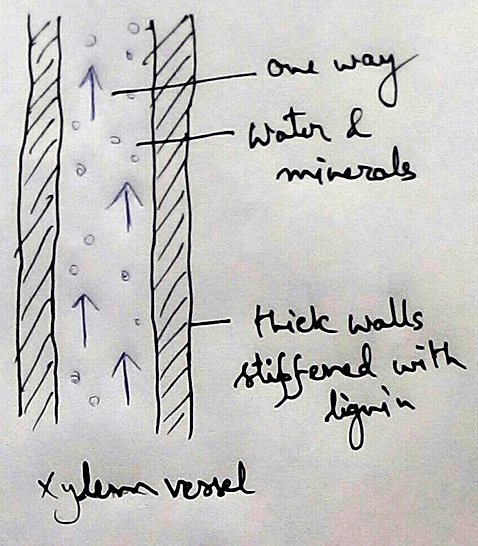
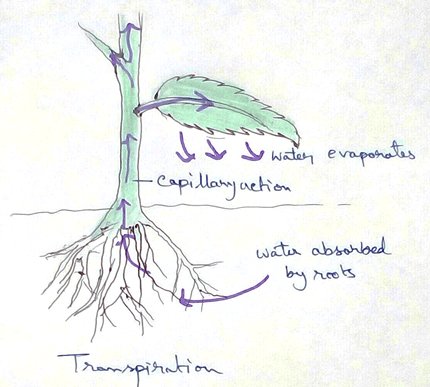
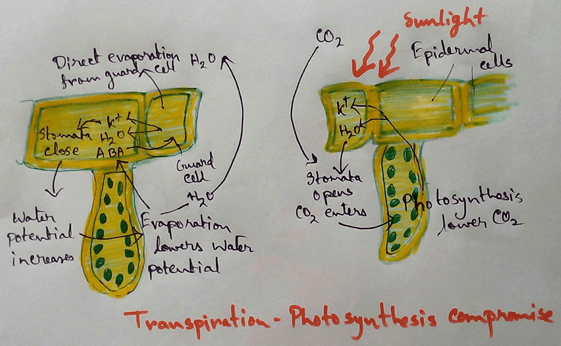
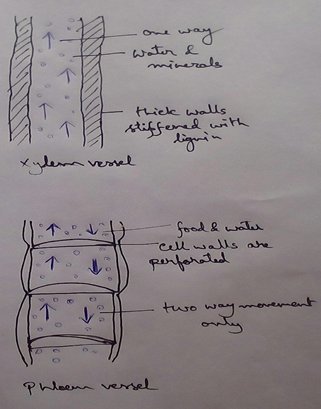
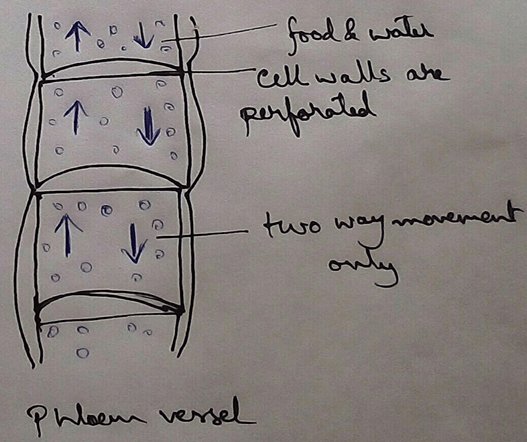
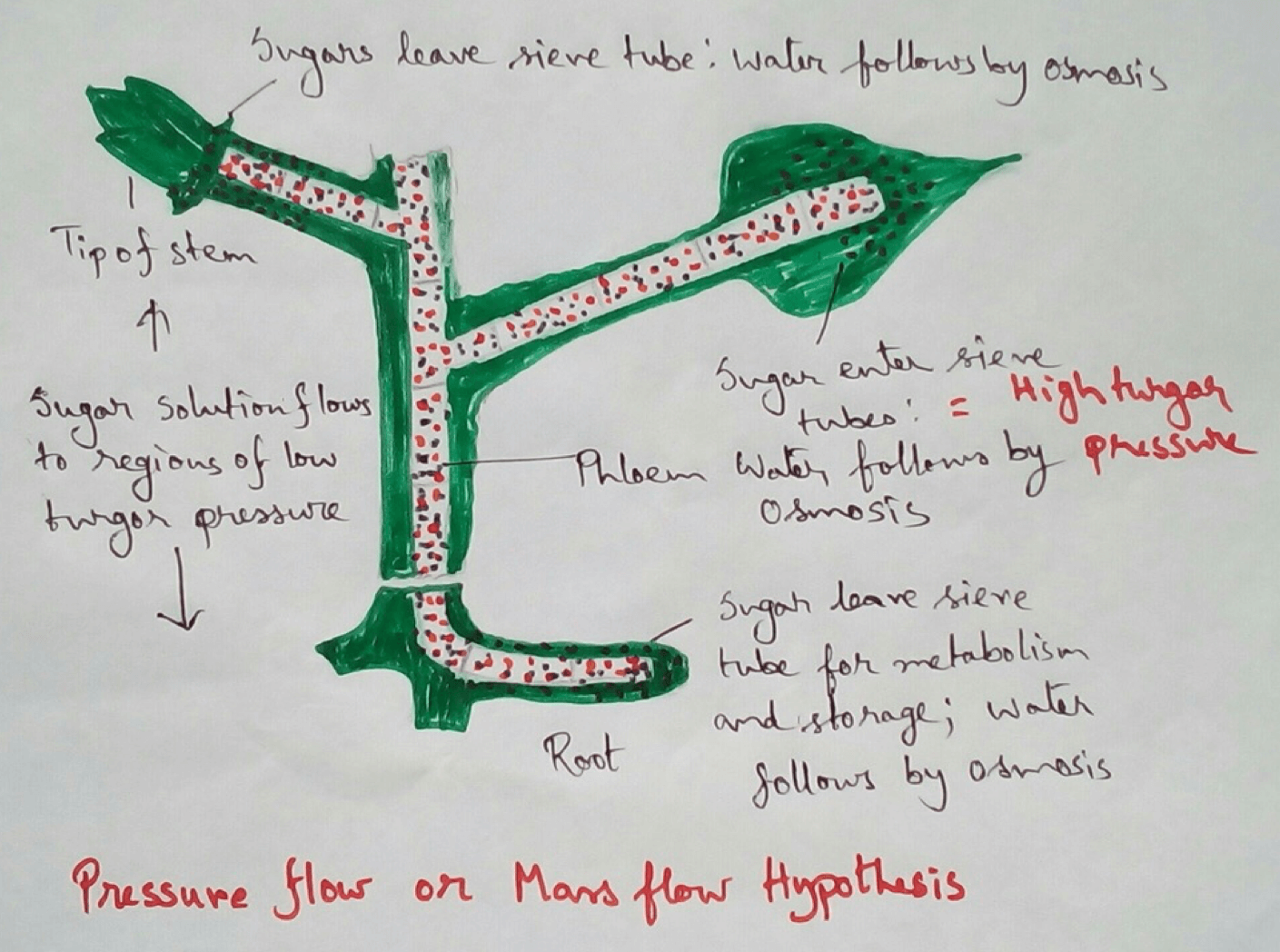
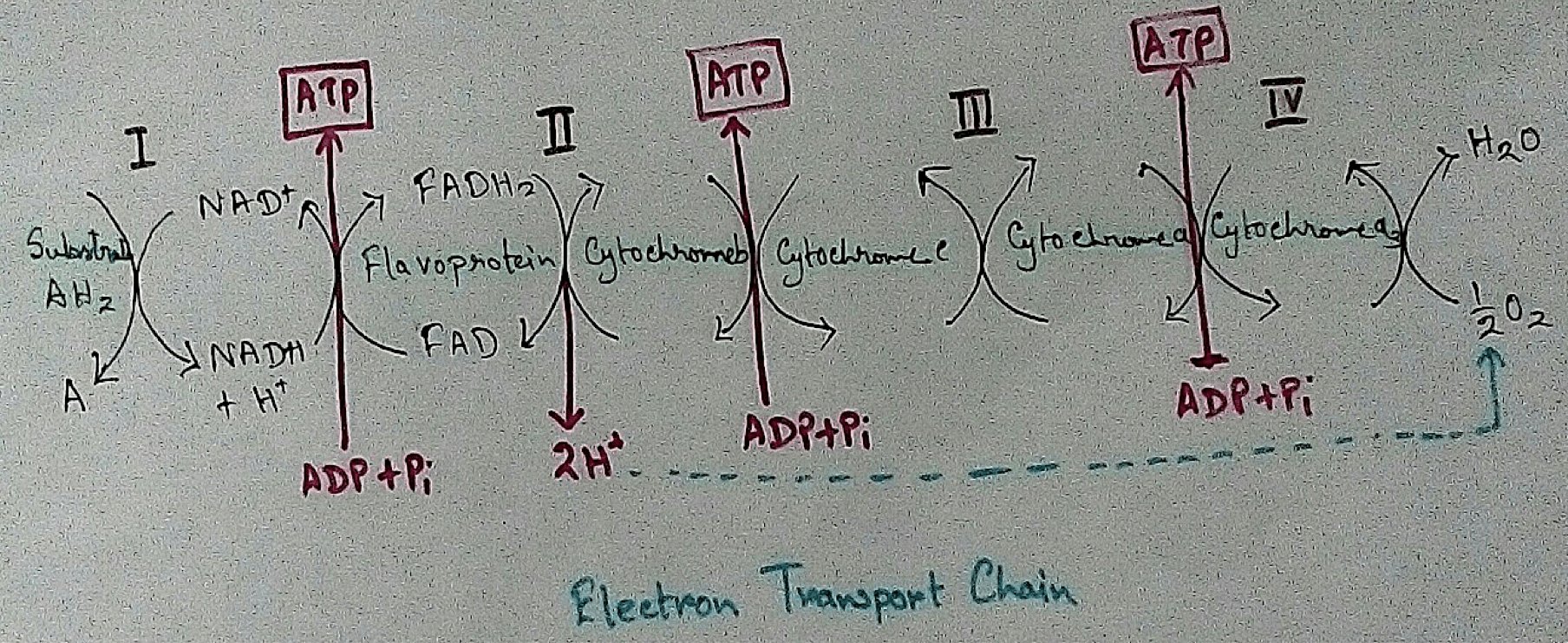

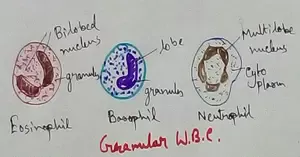



New! Comments
Have your say about what you just read! Leave me a comment in the box below.